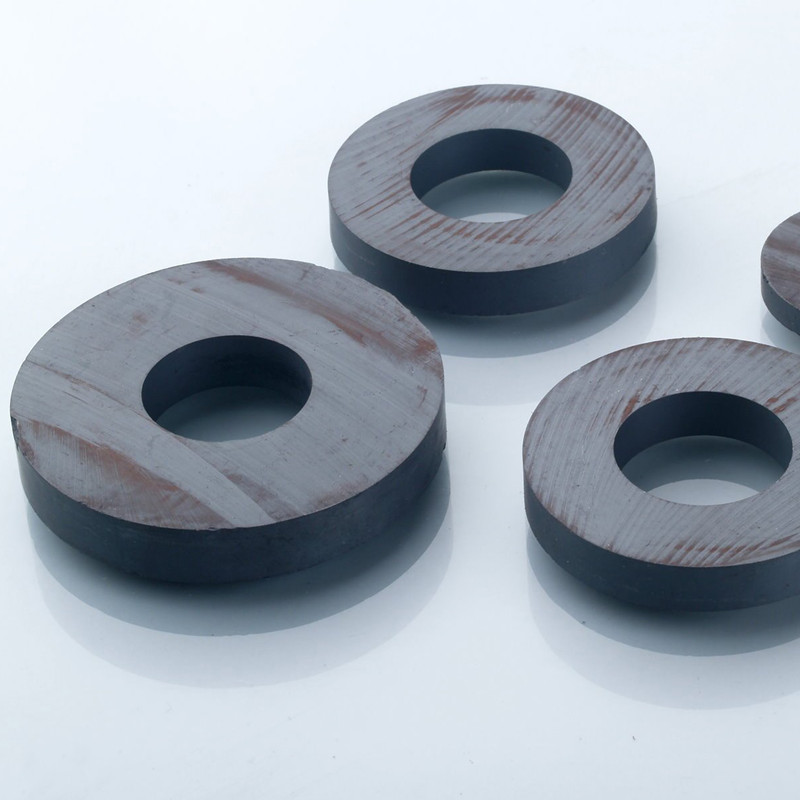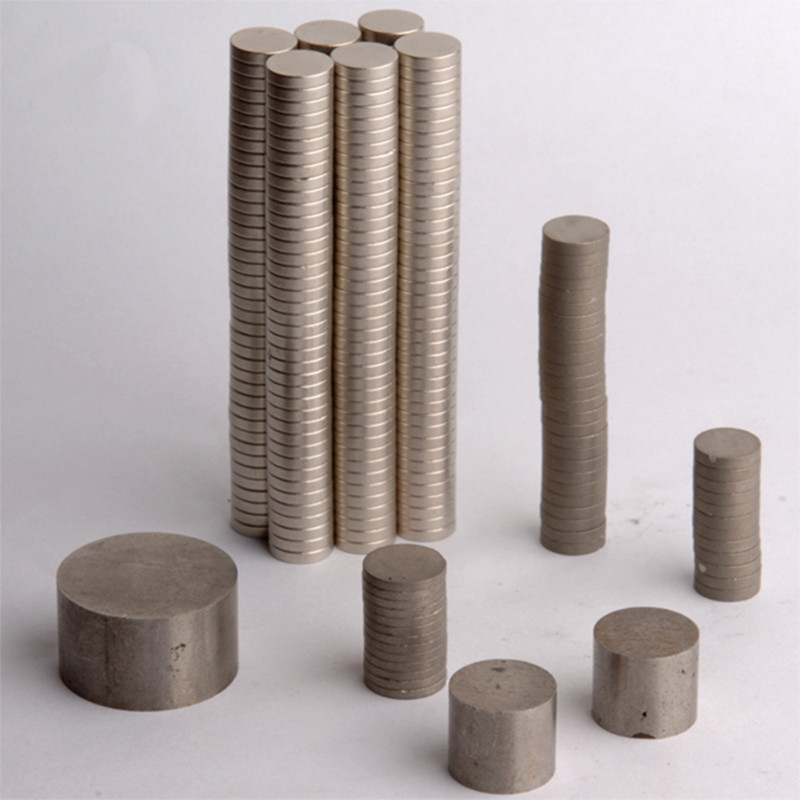-
Contact Us
Xia Xing Baoan District Sales Center
Mobile: 0086-18664144018
TEl: 0086-755-27111262(263)
Fax: 0086-755-27111265
Address: Xin po tou Industrial Park, Guangming town, Baoan District, Shenzhen, guangdong china
-
Company news
Why does the iron sucking iron absorb iron without absorbing steel
The magnetic field acts on all kinds of metal pairs, without exception. But there are three kinds of cases. In this way, metals are divided into three kinds: paramagnetic, inverse magnet and ferromagnet.
1. paramagnetic: the magnet can be slightly attracted by the magnet.
2. reverse magnet: it will be slightly repelled by the magnet.
3. ferromagnet: the magnet will be strongly attracted by the magnet.
There are only three kinds of ferromagnets: iron, cobalt and nickel. The rest or the paramagnetic or the reverse magnets. And their alloys, whose magnetic properties are near the ferromagnet with varying degrees of content.
Nickel containing stainless steel can be attracted by magnets. Nickel free stainless steel (usually containing chromium) is weak and hard to detect. The latter has high hardness because of its chromium. The former is usually called rusty iron.
Suspension of aluminum and copper with a long thin thread and keeping it at rest. Slowly approaching aluminum or copper with magnets, it is found that they will be slightly attracted or excluded. So they are paramagnetic and reverse magnets.
Magnet magnet
Magnets are a kind of magnets.
Magnet can absorb iron, nickel, cobalt and other metals, commonly known as magnet. It can be divided into common permanent magnets and electromagnets that are magnetically energized. If the magnet is made into rods or needles and hangs, it will naturally point to the earth's Antarctic and Arctic. Magnets are divided into large magnets and small magnets.
Large magnet magnets are widely used, making use of electromagnets to make steel cranes. After energizing, it becomes a magnetic strong magnet, so it can absorb heavy steel. When you put down the steel, just cut off the power.
Compared with large magnets, the small compass is small and light, and its magnetism is much weaker. The role of the compass is not to absorb iron, but to reflect the earth's magnetic force.
Magnetism attracts the properties of iron, cobalt and nickel and so on. The magnetically strong region at both ends of the magnet is called the magnetic pole. One end is the arctic pole (N pole) and one end is the Antarctic pole (S pole). Experiments show that the magnetic poles of the same sex repel each other and the opposite poles attract each other.
There are a number of original magnets with two heterosexual poles in the iron. In the absence of external magnetic field, these original magnets are arranged in disorder, their magnetic properties are counteracted by each other, and the magnetic properties are not shown to the outside world. When the iron is close to the magnet, the magnets are arranged neatly under the action of the magnet, so that one end of the magnet is attracted to each other with the polarity opposite to the magnet polarity. This indicates that the magnets in iron can be magnetized by magnets because of the existence of the original magnets. Metals such as copper and aluminum are not magnets, so they can not be attracted by magnets.













